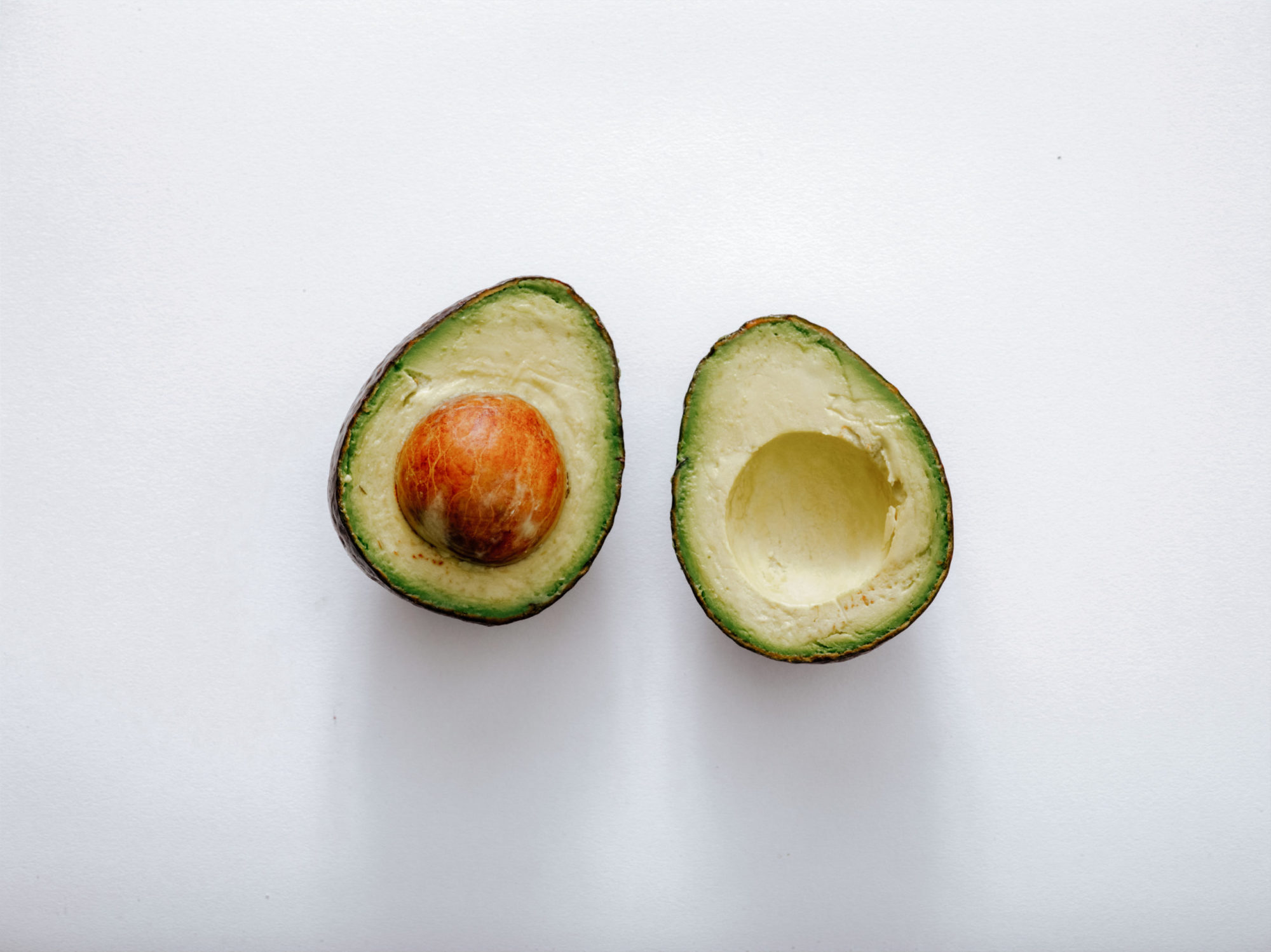The idea of an individual carbon footprint has been popularized over the course of the 2000s to explain how we contribute to climate change. A carbon footprint refers to the amount of carbon needed to fuel your daily life. This can include driving, air travel, energy use, and the production of goods we use on a daily basis. Calculating our carbon footprints is a way that we can become more conscientious of how our daily actions impact the environment. One of the most significant elements of our environmental impact is our diet.
The Impact of Agriculture on the Environment and Climate Change
As of January 2020, food production “accounts for over a quarter of global greenhouse emissions.” Commercial agriculture has a significant impact on the climate due to the amount of greenhouse gases emitted during production and transport of food.
Out of all greenhouse gases, methane is the most potent and warms the planet “as much as 80 times more than a kilogram of carbon dioxide.” Livestock and fisheries are imperative for providing protein to one’s diet, but also account for almost a third of methane and carbon food emissions. Cattle, which account for over half of the farms in the United States, release methane through their digestive process. Outside of cattle and livestock, the production and management of the pastures and fisheries emit carbon and other greenhouse gases as well.
In addition to the emissions produced by livestock, crop production accounts for about a quarter of agricultural greenhouse emissions. These emissions come from the release of nitrous oxide by fertilizers, methane emissions from rice production, and emissions from machinery. Creating space for commercial farming also requires the conversion of forests and other lands, which results in less carbon absorbed by the land and more emissions due to the overturning of soils.
After the initial production of food, transport and supply chains account for just under 20 percent of agricultural greenhouse gas emissions. Transport emissions account for about ten percent of emissions, and food waste accounts for an even larger portion of agricultural greenhouse gases.
Reducing Your Carbon Footprint: Eating Locally
Knowing how much agriculture contributes to greenhouse gas emissions and in turn our own impact on the environment, finding solutions to mitigate these issues in our own lives can help the environment and create changes in the market. One popular solution is buying locally sourced food. This includes purchasing produce at farmers markets, local farms, and locally sourced food available in grocery stores.
Purchasing locally sourced food has benefits for the economy, environment, and our physical health. Not only can purchasing locally help stimulate the local economy, but it reduces transport emissions. In addition, local farms typically use more environmentally friendly farming strategies. Local farms use more natural fertilizers and pesticides, which often keeps the nutrient cycling at a local level and keeps the local soil and environment healthier.
Although buying locally might help to reduce transport emissions, it isn’t feasible to buy locally at all times. Local farms are far and few between, and people who live in urban areas may have trouble accessing locally produced food. In addition, buying locally can limit your options because you are limited to the food that is available in the region. Realistically, however, transport emissions count for only 11 percent of agricultural emissions. There are other ways to fully account for our agricultural carbon footprint.
Reducing Your Carbon Footprint: Vegetarian and Vegan Diets
Livestock account for the most greenhouse emissions. Another strategy to decrease your carbon footprint is decreasing meat consumption, or becoming vegetarian or vegan. By cutting out meat products, we decrease the amount of fertilizer and water usage going towards our diet. This decision would also help to decrease the amount of methane and carbon emissions used to make our food.
Vegan diets, however, can be unsustainable for those who have trouble obtaining protein supplements, and in many cases can be expensive and inaccessible. Further, although the land use costs are higher in the livestock sector, vegetable crops produce significant water usage and greenhouse emissions. A 2015 study by Carnegie Mellon University found that a diet with “more fruits and vegetables and less meat exacts a greater environmental toll than the typical American diet.”
A Combined Solution
So, what is the best diet for the environment? Many expert dieticians and environmentalists would recommend a mix of the two approaches. We should try to shop locally given that it does help the local environment and economy and reduces transport emissions. As mentioned previously, however, it can be difficult to shop locally at all times. Additionally, scientists “have concurred that eating beef…has daunting environmental impacts.” It is recommended by many that to achieve a diet that is rich in nutrients while being beneficial to the environment, one should reduce their intake of beef and increase their intake of vegetables.
Shopping locally when it is available can be a positive supplement to meat reduction. However, going completely vegan or vegetarian may have the same overall impact that simply altering your diet to eat less beef products. Decreasing our carbon footprint through agriculture can be done in many ways, and can be tailored to personal and economic preferences.
Learn more about sustainable eating
Some helpful resources to learn more about sustainable eating:
- Sustainable Documentary
- Forks Over Knives Documentary
- National Institute of Food and Agriculture
- Novel Hand article on Kiss the Ground documentary on agriculture and climate change
- Native American Natural Lands and Resources: How They are Exploited and What Can Be Done - January 11, 2021
- China and the Petroleum Industry Revisited: Solutions, Replacements, and Innovation - December 1, 2020
- How Redlining Affects Health, Civil Rights, and More - November 18, 2020
